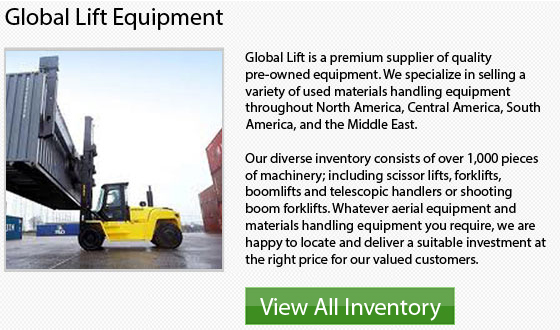
Minnesota is a U.S. state located within the Midwestern United States. The 12th largest state of the U.S., it is the 21st most densely inhabited, with 5.3 million residents. The state of Minnesota was carved out of the eastern half of the Minnesota Territory and admitted to the Union as the 32nd state on the 11th of May, 1858. Referred to as the Land of 10,000 Lakes, the name of the state was derived from a Dakota word for "sky-tinted water." Those waters, along with wilderness areas, forests and parks, offer residents and tourists a variety of outdoor recreational opportunities.
The majority of the people within the state, maybe as much as 60% Minnesotans reside in the Minneapolis-Saint Paul metropolitan area. This area is referred to as the "Twin Cities," and is the hub for transportation, business, education, industry, and home to a globally known arts community. The remainder of Minnesota State comprises deciduous forests in the southeast, now cleared, farmed and settled; western prairies now given over to intensive agriculture; and North Woods, which is less inhabited and, utilized for mining, forestry, and recreation.
Once primarily a producer of raw materials, the economy of Minnesota has transformed in the past 200 years to emphasize services and finished products. Probably the most significant characteristic of the economy is its diversity; the relative outputs of its business sectors closely match the United States as a whole. The economy of Minnesota State had a gross domestic product of $262 billion during 2008. 33 of the United States' top 1,000 publicly traded businesses, according to 2008 revenues, are headquartered in Minnesota State, including United Health Group, Target, 3M, Medtronic, General Mills, U.S. Bancorp, Ameriprise, Land O' Lakes, Hormel, Best Buy, Valspar and SuperValu. Private businesses based within Minnesota State comprise Cargill, the largest privately owned corporation in the United States, and Carlson Companies, the parent company of Radisson Hotels.
Minnesota's earliest businesses were fur trading and agriculture; the city of Minneapolis grew around the flour mills powered by St. Anthony Falls. Although less than 1% of the population is working in the agricultural sector, it remains a main part of the state's economy, ranking 6th within the nation in the value of products sold. Minnesota State is the U.S.'s biggest producer of sugar beets, sweet corn, and farm-raised turkeys and green peas for processing. Forestry remains strong, including logging, pulpwood processing and forest products manufacturing and paper production. The state of Minnesota was popular for its soft-ore mines, which produced a large part of the globe's iron ore for over a century. Although the high-grade ore is currently depleted, taconite mining continues, using methods developed locally to save the industry. In 2004, Minnesota State produced 75 percent of the nation's usable iron ore. The mining boom created the port of Duluth which continues to be important for shipping coal, agricultural products and ore. The manufacturing sector now consists of biomedical and technology firms in addition to the older food processors and heavy industry. The country's very first indoor shopping mall was Edina's Southdale Center and its biggest is Bloomington's Mall of America.